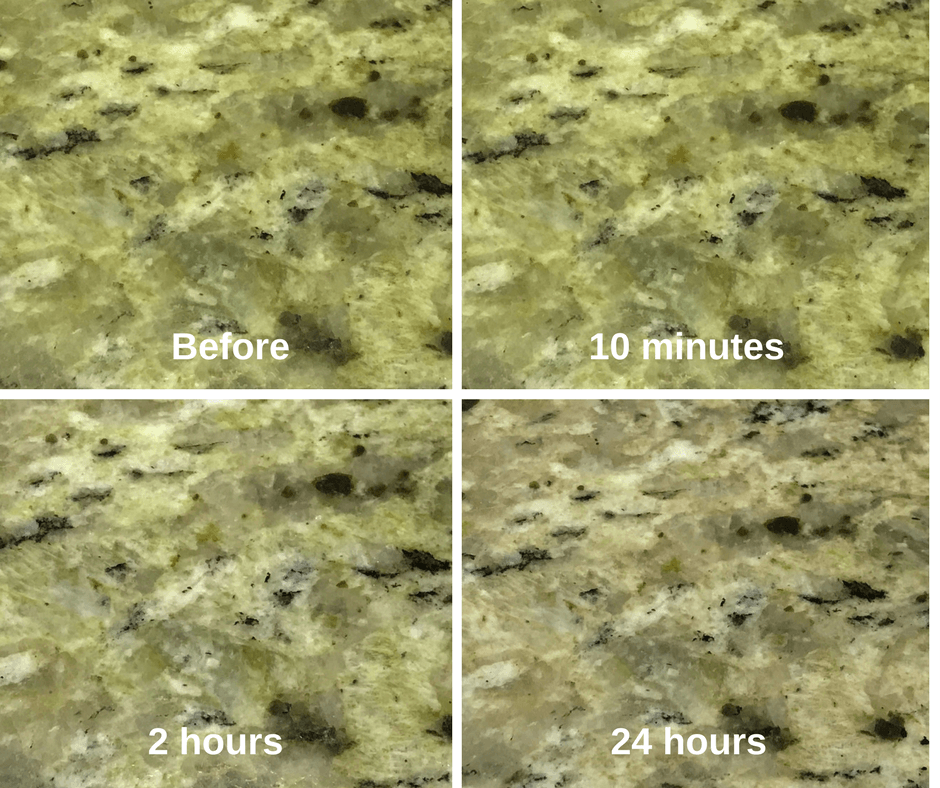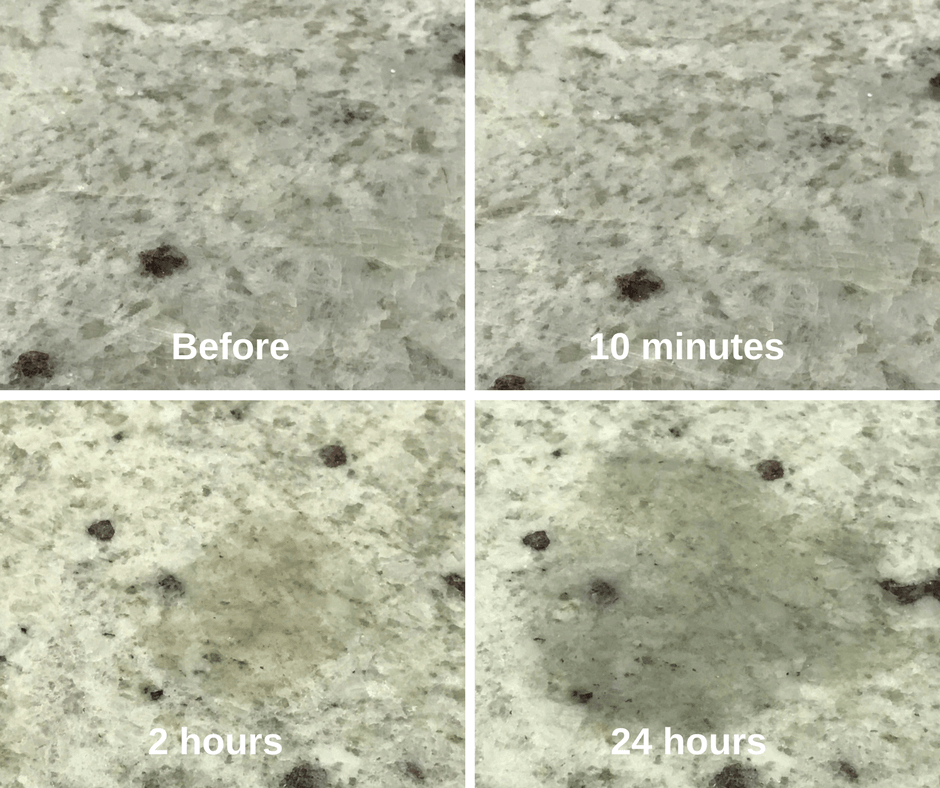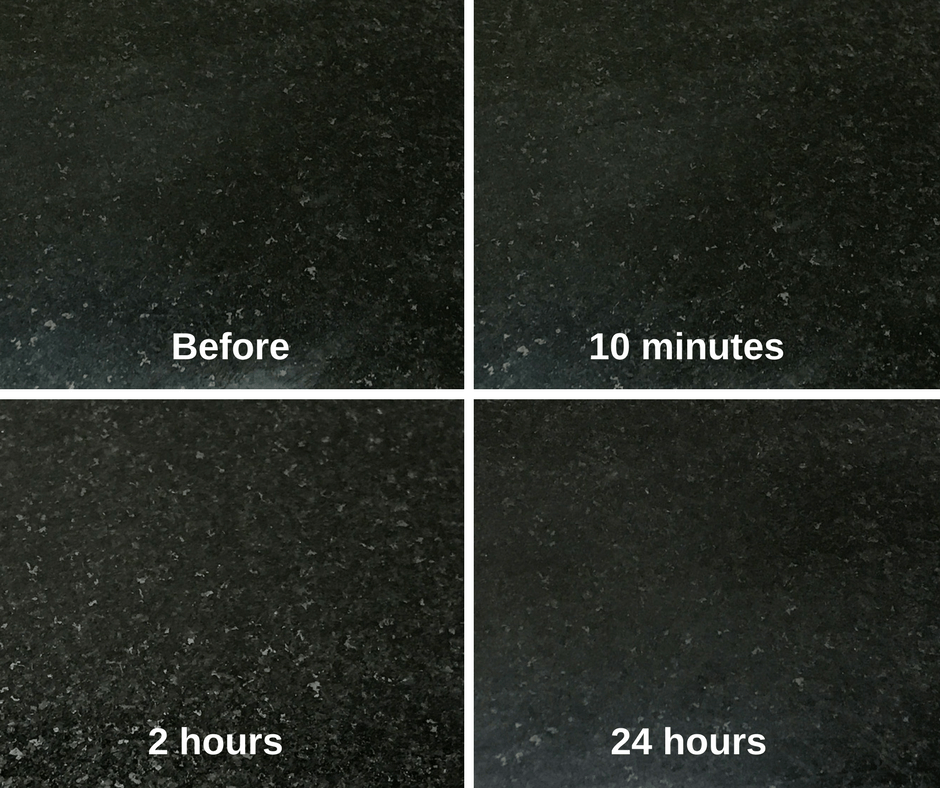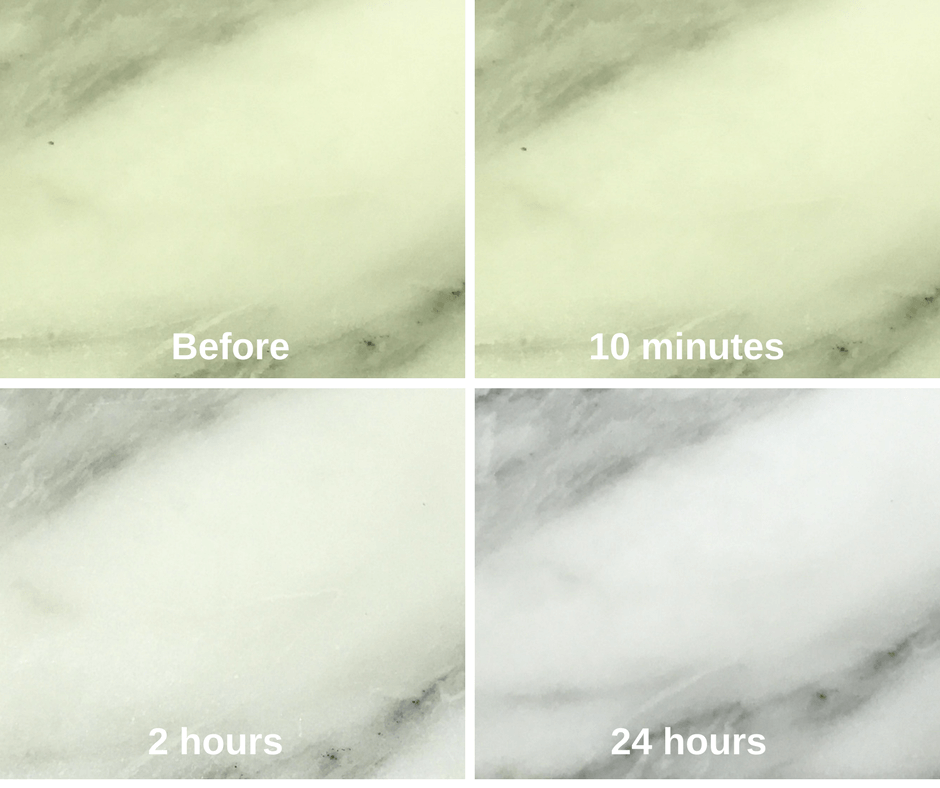You are busy preparing a meal for a dinner party you are hosting. Plates and prep materials are everywhere, food, spices, olive oil, salad fixings, you name it, it’s on your counter. You have just enough time to get everything on the table and put the dirty prep dishes in the sink or dishwasher before your guests arrive. Just as you sit down to enjoy the meal you’ve prepared and your company, you realize that you didn’t have a chance to do a thorough wipe down of your countertop. The last thing you want to worry about during your dinner party is if your countertop is going to have a stain from anything you’ve spilled during your prep.
We all want to be able to live in our homes, enjoy friends and family, cook meals and enjoy them in community. We want to be able to enjoy that dinner party and clean up the kitchen after the guests have gone home and we’ve enjoyed a nice evening. We don’t want a kitchen or a countertop that doesn’t fit into our lifestyle, we want it to be functional and look nice. We want our children to be able to fix themselves a snack without panicking if they are going to leave spots and stains on the countertops.
So how do you select a material that fits your design style and your lifestyle?
In this article, we will explore the durability of countertop stone as it relates specifically to food stains. We will focus primarily on granite, with one marble surface included in our experiment for comparison.
As a general rule, as long as you clean up after your meals and food prep you will not have an issue with staining. This holds true of most granite and quartz countertop materials, as they are both stain resistant surfaces.
Marble can be a different story, and we will explore that in our experiment.





